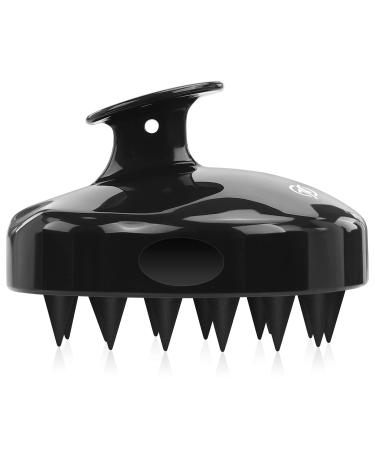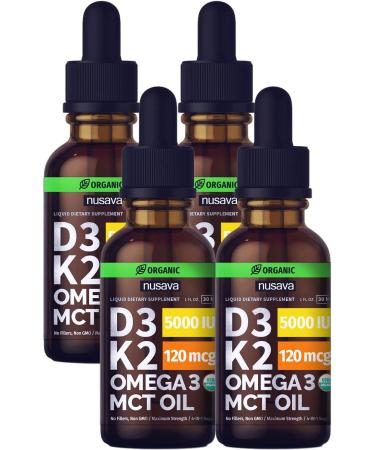Q1. The Monitor is more expensive than other methods, is it really so much better
A1. The Clearblue Fertility Monitor is proven to increase the chances of getting pregnant by 82% in the first cycle of use (1). It accurately tracks the changing levels of 2 key fertility hormones to identify more fertile days than traditional ovulation tests that monitor only 1 hormone (2), so you have more opportunities to get pregnant naturally. With an intuitive touch screen, it's easy to use and read the results. It personalizes to your cycle, you can input when you have your period and when you have sex; then your information is displayed on the calendar and the unique cycle summary screen. This means you have a record you can take to your OB/GYN for discussion, so you don't waste any time and you enable them to give you immediate feedback and action steps. It's the most advanced fertility monitor from the #1 OB/GYN recommended brand (3).
Q2. Can't I just calculate when I'm fertile with a calendar or an app
A2. The fertile days vary each cycle, even when your periods are regular, but traditional calendar methods work on the basis that everyone is the same so are very often not accurate for an individual woman. Tracking your personal fertility hormones is a sure way to know when your fertile days are in 'real time', it's proven in a study to be 2x as accurate as traditional calendar methods (8).
Q3. Isn't taking my temperature and charting easy and accurate
A3. Basal body temperature (BBT is your temperature 'at rest') has to be taken first thing in the morning before you move out of bed and can be affected by many day to day events such as a late night, fever, and some medications. Also, your BBT rises AFTER ovulation has occurred, so it's too late to predict ovulation and to conceive in that cycle. You need to chart over several cycles to build up a pattern for BBT to be predictive and in a study it has been shown to predict the most fertile days in only one third of cycles (9).
Q4. Can I only get pregnant when I ovulate
A4. Women are fertile for about 6 days each cycle (it varies woman to woman and cycle to cycle). The day of ovulation is the most fertile day, but sperm can live for about 5 days in a woman's body in the days leading up to ovulation. Having sex on High and Peak fertility days identified by the Clearblue Fertility Monitor gives you more opportunities to get pregnant than with traditional ovulation tests (2) that only identify your 2 Peak fertility days. Research shows that women who know when they are most fertile each cycle are likely to get pregnant sooner than women who don't (10).
_____________________________________________
(1) In the first cycle of use vs not using the Clearblue Easy Fertility Monitor. Study of 991 women in the US (2002); (2) Traditional ovulation tests detect LH only; (3) Survey of 204 Ob-Gyns in the US conducted by Kantar Health on recommendation of home ovulation tests & fertility monitors (2011); (4) Number of fertile days will vary. In a German study of 149 cycles, Monitor results correlated with serum hormone levels &ultrasound observed ovulation.; (5) vs LH only ovulation tests; (6) Behre HM., et al. Hum Rep (2000) 15: 2478-82; (7) In a study of 87 women, 4 or more fertile days were identified in 80% of cycles using actual cycle length (2012); (8) Stanford JB., et al. Obstetrics & Gynaecology (2002) 100: 1333-41; (9) Comparing a simple calendar method to likelihood of conducting a test on LH surge day (Ellis J., et al. Hum Repro (2011) 26: i76.); (10) Barron ML & Fehring RJ. MCN: American J Mat/Child Nursing (2005) 30: 290-6




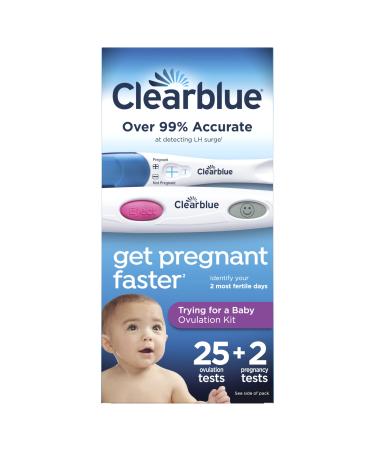
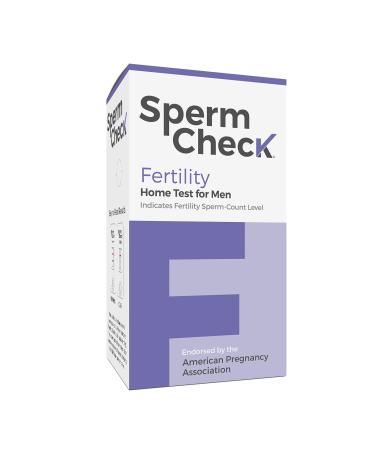
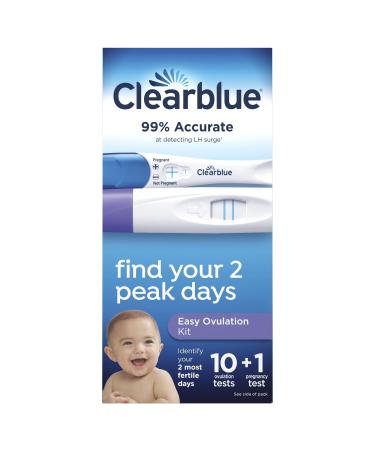



![Stewart Freeze Dried Dog Treats Made in USA [Single Ingredient Puppy and Dog Training Treats - Grain Free Natural Dog Treats] Resealable Tub to Preserve Freshness](https://www.gosupps.com/media/catalog/product/cache/25/small_image/375x450/9df78eab33525d08d6e5fb8d27136e95/6/1/61gwbbixarl._ac_sl1500_.jpg)


